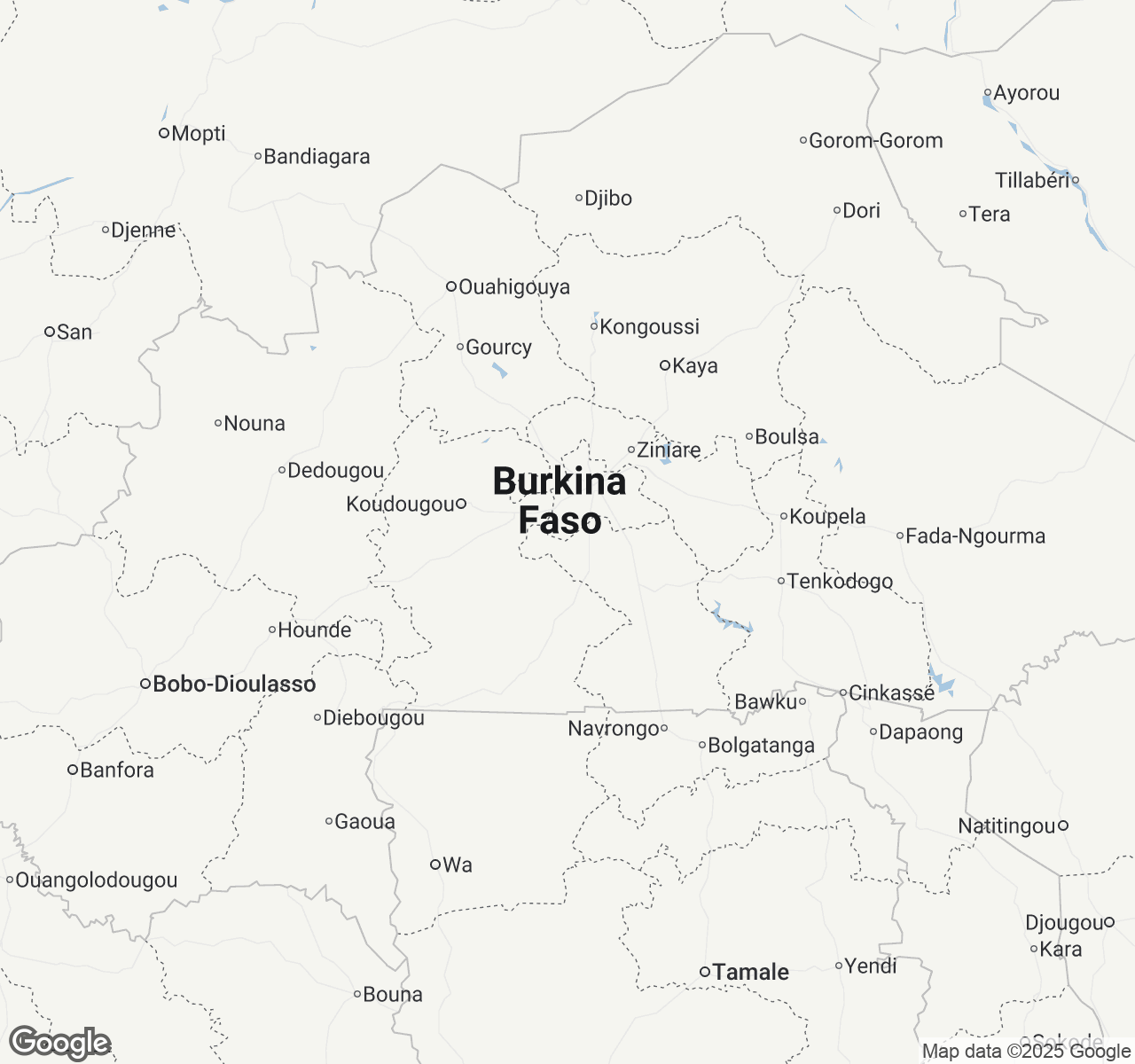
Things to Do in Burkina Faso
Discover the best of Burkina Faso
Plan Your Trip
Essential guides for timing and budgeting
Top Things to Do in Burkina Faso
Discover the best activities and experiences. Book now with our trusted partners and enjoy hassle-free adventures.
Your Guide to Burkina Faso
About Burkina Faso
In the heart of West Africa, where the Sahel's golden grasslands meet ancient kingdoms' enduring spirit, Burkina Faso pulses with an authenticity rarely found in our interconnected world. Here, the sun rises over landscapes painted in ochre and rust, where traditional mud-brick architecture stands as testament to centuries of architectural wisdom. The air carries the gentle rhythm of djembe drums from village celebrations, while colorful fabrics flutter in markets where haggling is an art form passed down through generations. This is a land where time moves differently – where conversations unfold under baobab trees' sprawling shade, where craftsmen shape bronze with techniques unchanged since medieval times, and where hospitality isn't just custom but sacred duty. In Ouagadougou's bustling streets and Bobo-Dioulasso's ancient quarters, modernity weaves easyly with tradition, creating a tapestry of experiences that awakens the soul. Burkina Faso invites travelers not merely to observe, but to participate in a culture where community bonds remain unbroken and every sunset promises stories yet to be discovered.
Travel Tips
Transportation: Rent a 4WD vehicle for rural areas and red dirt roads, especially during rainy season. In cities, use registered taxis or motorcycle taxis (zémidjan) for short distances. Bush taxis connect towns but expect delays and crowded conditions.
Money: Bring euros for best exchange rates to West African CFA francs. ATMs exist mainly in Ouagadougou and Bobo-Dioulasso. Carry cash as cards aren't widely accepted. Budget $30-50 daily for mid-range travel including accommodation and meals.
Cultural Respect: Always greet with 'Bonjour' and inquire about family before business. Dress modestly, covering shoulders and knees. Use right hand for eating and greetings. Remove shoes when entering homes and ask permission before photographing people.
Food Safety: Stick to bottled or purified water and avoid ice. Eat at busy local spots with high turnover. Try tô (sorghum porridge) with sauce, but ensure meat is well-cooked. Wash hands frequently and carry hand sanitizer.
When to Visit
The optimal time to visit Burkina Faso is during the dry season from November to March, when temperatures range from 15-35°C (59-95°F) with virtually no rainfall. December through February offers the most comfortable conditions with cooler evenings, though this peak season sees accommodation prices increase by 25-40%. March to May brings intense heat (35-45°C/95-113°F) with budget-friendly prices dropping 30-50%, ideal for heat-tolerant travelers seeking real feels without crowds. The rainy season (June-October) transforms landscapes into lush green vistas, but expect daily downpours averaging 60-120cm annually, flooding, and difficult travel conditions – though prices remain lowest and cultural life flourishes. Major festivals include FESPACO film festival (February/March), attracting international visitors and raising Ouagadougou prices significantly. The busy Festival of Masks occurs in Dédougou (February), while harvest celebrations span November-December. Wildlife viewing peaks in January-March in eastern parks when animals gather near water sources. For photographers, golden hour light is spectacular year-round, but dust harmattan winds (December-February) can create atmospheric haze. Budget travelers should target April-May or September-October for reasonable weather and lower costs, while cultural enthusiasts will find the most real feels during harvest season celebrations.

Burkina Faso location map